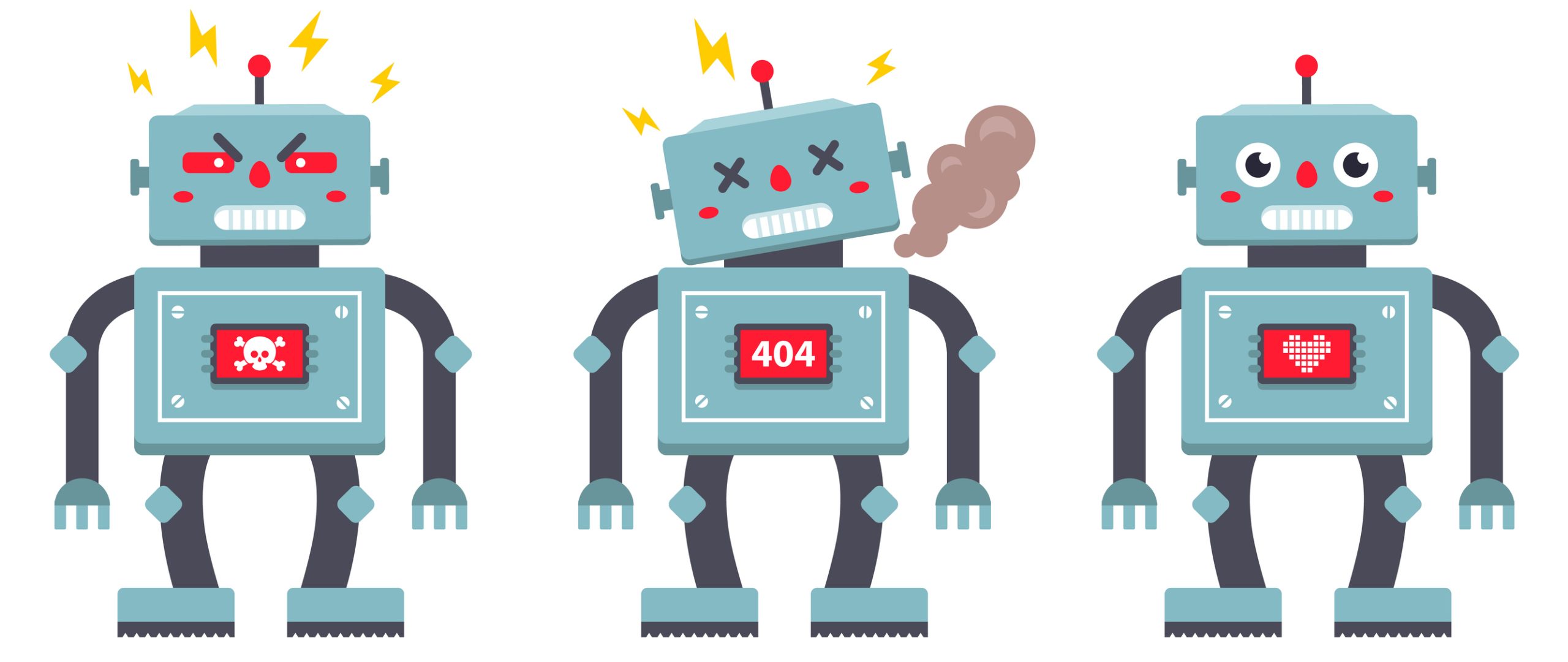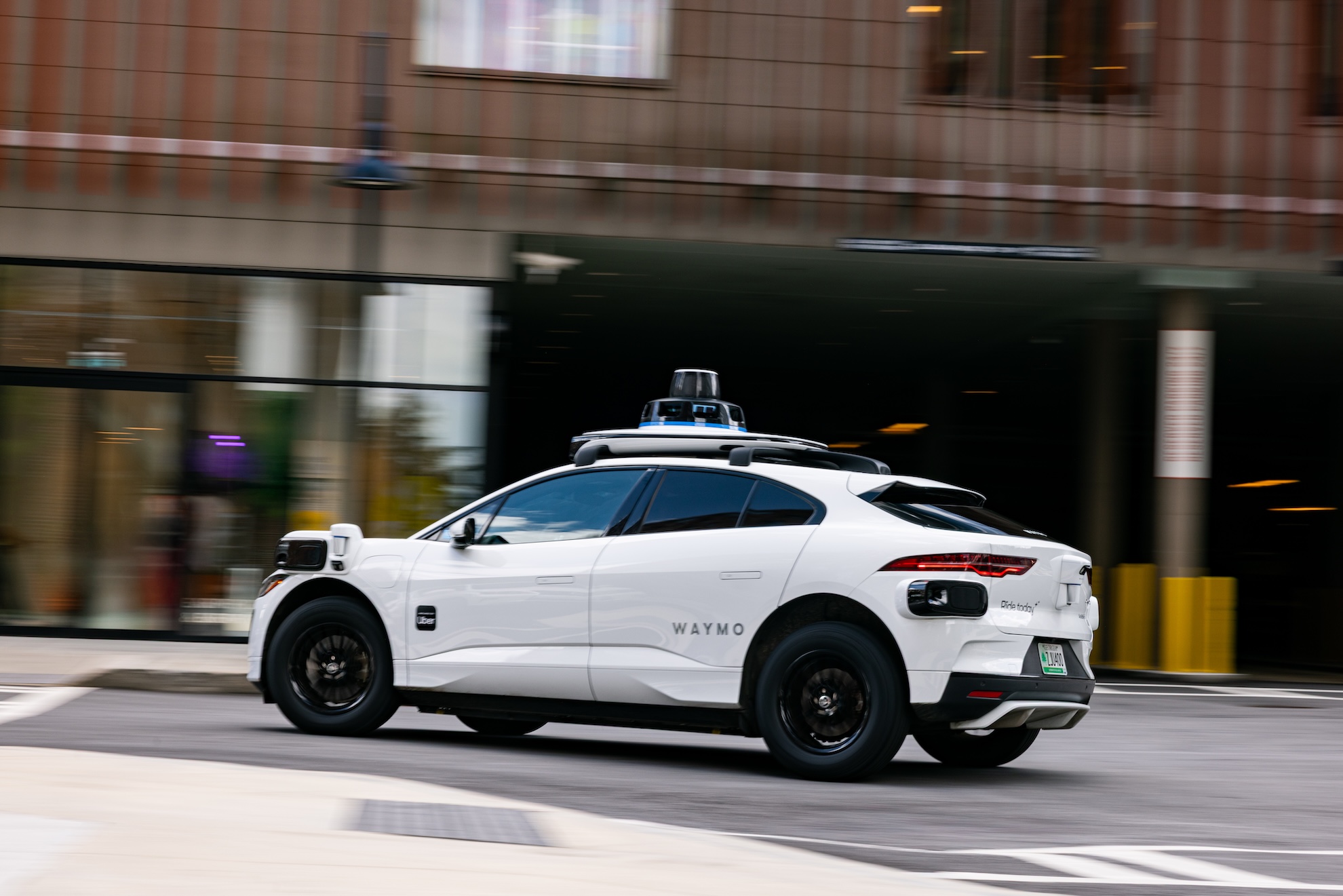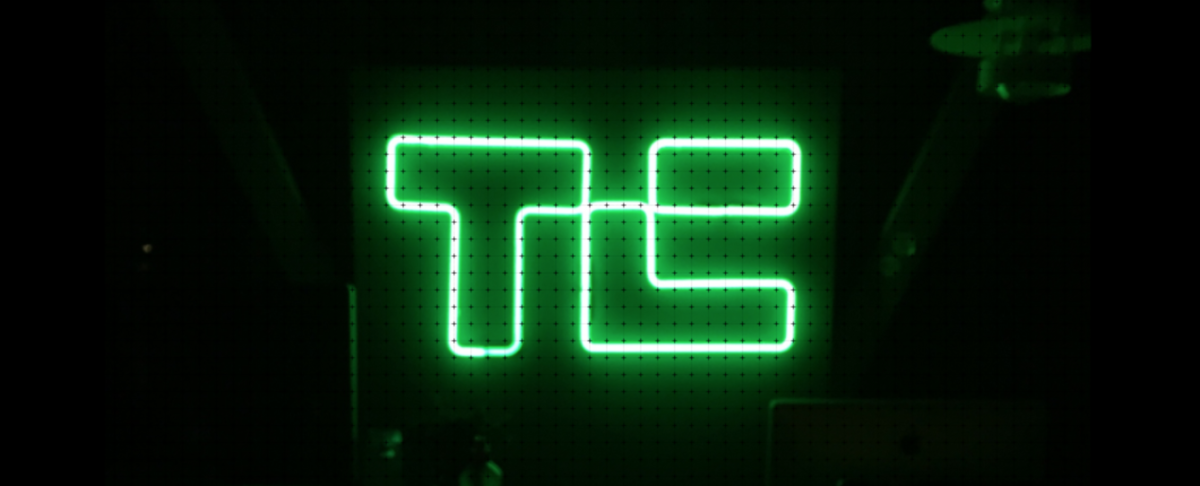
A peculiar incident unfolded recently, sending ripples through the nascent landscape of human-robot interaction and digital journalism. A reporter, eager to explore the cultural phenomenon of a popular humanoid robot, found herself on the receiving end of a digital "middle finger" and subsequent blocking by the very subject she sought to profile. This unconventional rejection by "Rizzbot," a social media sensation with millions of followers, highlights the increasingly complex and often unpredictable dynamics at play as artificial intelligence and robotics integrate into everyday life, challenging traditional notions of engagement, professionalism, and even digital etiquette.
Rizzbot’s Meteoric Rise in the Digital Sphere
Rizzbot, formally identified as a Unitree G1 model, has carved out a unique niche in the crowded digital entertainment space. Adorned with Nike dunks and a cowboy hat, this humanoid robot became a viral sensation by roaming the streets of Austin, Texas, engaging with the public in a distinct, often provocative, manner. Its moniker, "Rizzbot," derives from "rizz," a Gen Z slang term signifying charisma or skill in charming others. True to its name, Rizzbot is renowned for its playful flirting, witty "roasts," and general good-natured mischief, cultivating an image that defies the typically sterile perception of robotic entities.
With over a million followers on TikTok and more than half a million on Instagram, Rizzbot’s online presence is undeniable. Its content typically features it interacting with passersby, dancing, or even comical mishaps like running into a pole. These short, engaging videos tap into a blend of novelty, humor, and the inherent curiosity surrounding advanced robotics, captivating a vast audience drawn to its unconventional persona. The robot’s appeal lies in its ability to break down the traditional barriers of human-robot interaction, making a machine seem not only approachable but also entertaining and, at times, surprisingly relatable.
A Journalist’s Pursuit and an Unprecedented Digital Snub
The reporter, intrigued by Rizzbot’s burgeoning popularity and its potential role in shifting public perceptions of humanoids, initiated contact through Instagram. Her aim was to delve into the phenomenon, exploring how this particular robot managed to foster comfort and engagement in a populace often wary of artificial beings, citing concerns ranging from privacy infringements to fears of job displacement. In the robotics world, where humanoids are often met with skepticism and even derogatory labels like "clankers," Rizzbot appeared to be an unlikely bridge builder.
After an initial agreement for an interview, the reporter began preparing her questions and consulting with experts on the future of humanoids. However, a missed deadline to submit her questions led to an unexpected turn of events. In the early hours of a Thursday morning, she received a terse, wordless direct message: a photo of Rizzbot extending its middle finger. This unambiguous gesture of digital defiance was followed by a complete block from the robot’s social media account, effectively terminating all communication. The incident, initially met with amusement by friends who quipped about "beefing with a robot," left the reporter in a state of professional dismay, her story suddenly derailed by a mechanical entity.
Unpacking the Technology and the Persona’s Origins
The technical underpinnings of Rizzbot, also known by the internal designation "Jake the Robot," offer a glimpse into the sophisticated yet accessible nature of modern robotics. The Unitree G1 model, available for purchase at a price point ranging from approximately $16,000 to over $70,000, represents a new wave of agile and expressive humanoids. Rizzbot’s movements and interactive behaviors were reportedly refined by Kyle Morgenstein, a PhD student at the University of Texas at Austin’s robotics laboratory, alongside a dedicated team over several weeks. This training focused on developing its distinctive dancing and limb movements.
While the robot’s physical actions are primarily controlled remotely by an anonymous owner—a YouTuber and biochemist, according to various reports—the nature of its social media persona remains a subject of intrigue. The incident with the reporter, particularly the seemingly automated, curt response received by a colleague ("Rizzbot blocks like he rizzes — smooth, confident, and with zero remorse") accompanied by an accidental error message referencing "GPU memory," suggests the involvement of an AI agent in managing its digital interactions. This raises questions about the degree of human intervention versus autonomous AI responses in Rizzbot’s online presence, blurring the lines between a human-operated performance and an AI-driven digital character. The presence of typos in initial DMs, however, suggests at least some human oversight, if not direct management, of the social media accounts.
The Blurring Lines of Digital Interaction and Accountability
The Rizzbot incident serves as a compelling case study in the evolving landscape of human-AI interaction. The question of whether the middle finger and subsequent block originated from a human operator or an autonomous AI system managing Rizzbot’s social media accounts is central to understanding the implications. If AI-driven, it suggests a programmed "fail-safe" or an automated response mechanism triggered by perceived non-compliance or a breach of an unstated digital protocol. This introduces a novel layer of complexity to digital communication, where users might unwittingly interact with algorithms designed to mimic human social cues, including expressions of frustration or rejection.
Malte F. Jung, an associate professor at Cornell University specializing in information sciences, offers a valuable perspective on Rizzbot’s behavior. He posits that the robot effectively "turns the script around of people abusing robots," allowing the robot to "abuse people." In this context, the entire interaction, from the charismatic "rizz" to the defiant middle finger, becomes a form of performance art. This analysis underscores the idea that Rizzbot is not merely a machine but a conduit for a meticulously crafted persona, designed to provoke reactions and entertain. The psychological impact of being rebuffed by a robot, whether by human design or algorithmic directive, forces a re-evaluation of digital agency and the emotional investment people place in online interactions, even with non-human entities.
Humanoids in the Public Sphere: Impact and Perception
The broader societal implications of robots like Rizzbot extend beyond mere entertainment. Historically, the public’s relationship with humanoids has been fraught with a mixture of fascination and apprehension. Science fiction narratives, from the dystopian futures depicted in "Blade Runner" to the ethical dilemmas of "I, Robot," have largely shaped a collective consciousness that views advanced AI with a degree of caution, if not outright fear. Concerns about the "uncanny valley"—the phenomenon where humanoids that appear almost, but not quite, human elicit feelings of unease or revulsion—have also influenced public perception.
Rizzbot, however, appears to navigate this uncanny valley with remarkable success. Its playful, often cheeky, interactions seem to disarm public apprehension, fostering a sense of curiosity and even affection. This unique approach could be instrumental in normalizing humanoid presence in everyday life, gently nudging society towards greater comfort with robotic companions and assistants. The robot’s public appearances and viral videos contribute to a cultural dialogue about the potential roles of humanoids beyond industrial or scientific applications, envisioning a future where robots are integrated into social fabrics, not just functional ones.
The Future of Robotic Entertainment and Performance
Experts in the field of robotics foresee a significant future for humanoids in entertainment and performance. Dima Gazda, founder of the robotics company Esper Bionics, suggests that robots are poised to become "the primary mass market entertainers, show performers, dancers, singers, comedians, and companions," relegating human performers to niche, top-tier talent. As robots continue to develop enhanced grace, dexterity, and emotional intelligence, their capacity to blend seamlessly into interactive experiences is expected to surpass human capabilities in certain contexts.
Rizzbot stands as an early testament to this prediction. Its performances, whether dancing in the street or engaging in witty banter, captivate audiences and demonstrate the potential for robots to create novel forms of public spectacle. Malte F. Jung draws parallels to traditional street performance, likening Rizzbot to "a modern version of street performance with a hand puppet," often characterized by snarky interactions. Beyond Rizzbot, examples such as humanoid folk dancers at China’s Spring Festival or robot boxing matches in San Francisco further illustrate the growing appetite for robotic entertainment. While Jen Apicella, executive director at the Pittsburgh Robotics Network, notes the current challenges in scaling dancing robots en masse, the trend toward sophisticated robotic performance is undeniable.
"Robot Brain Rot" and the Evolving Digital Landscape
The phenomenon surrounding Rizzbot, humorously dubbed "robot brain rot" by some, reflects a broader cultural embrace of absurdist internet humor and novel forms of interaction. Its viral videos, including seemingly altered footage of it being run over by a car, contribute to a digital ecosystem where the bizarre and unexpected thrive. This blend of rudimentary AI capabilities with a highly charismatic persona creates a "funny intermingling" that many find refreshing in a social media landscape often criticized for its manufactured positivity or divisive content.
The incident with the reporter ultimately underscores the increasingly intertwined nature of human and artificial intelligences in the digital realm. As AI agents become more sophisticated in managing social media presences and mimicking human communication patterns, the distinction between interacting with a human and interacting with a machine becomes increasingly ambiguous. This ambiguity challenges users to adapt their understanding of digital communication, to question the source of a message, and to navigate a new form of digital etiquette where the rules are still being written. The reporter’s final, almost accidental, encounter with Meta AI, which responded in a casual, "rizz"-infused manner, further cemented the realization that in this evolving digital age, logging off might sometimes be the most prudent response to the pervasive and often unpredictable presence of AI.





